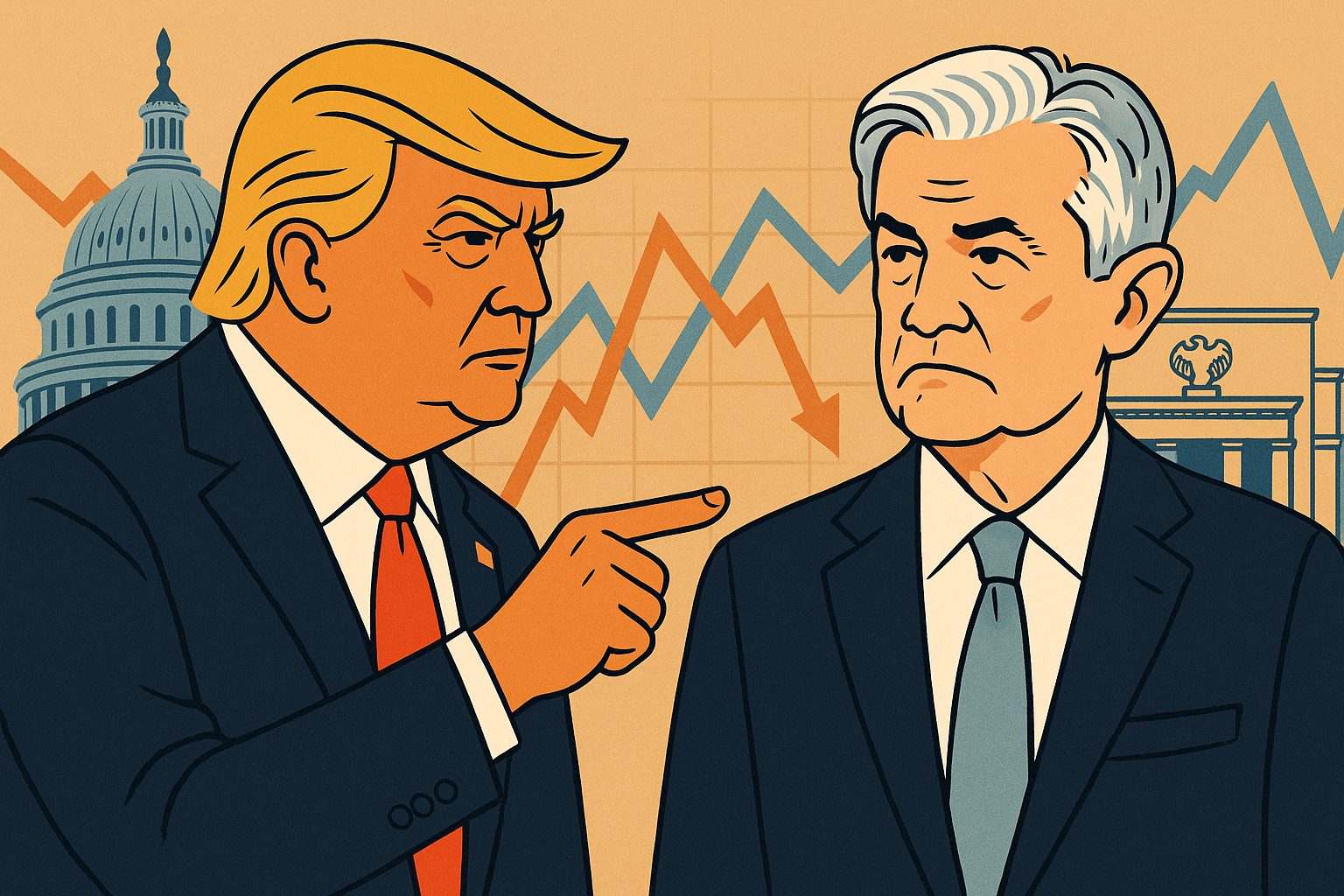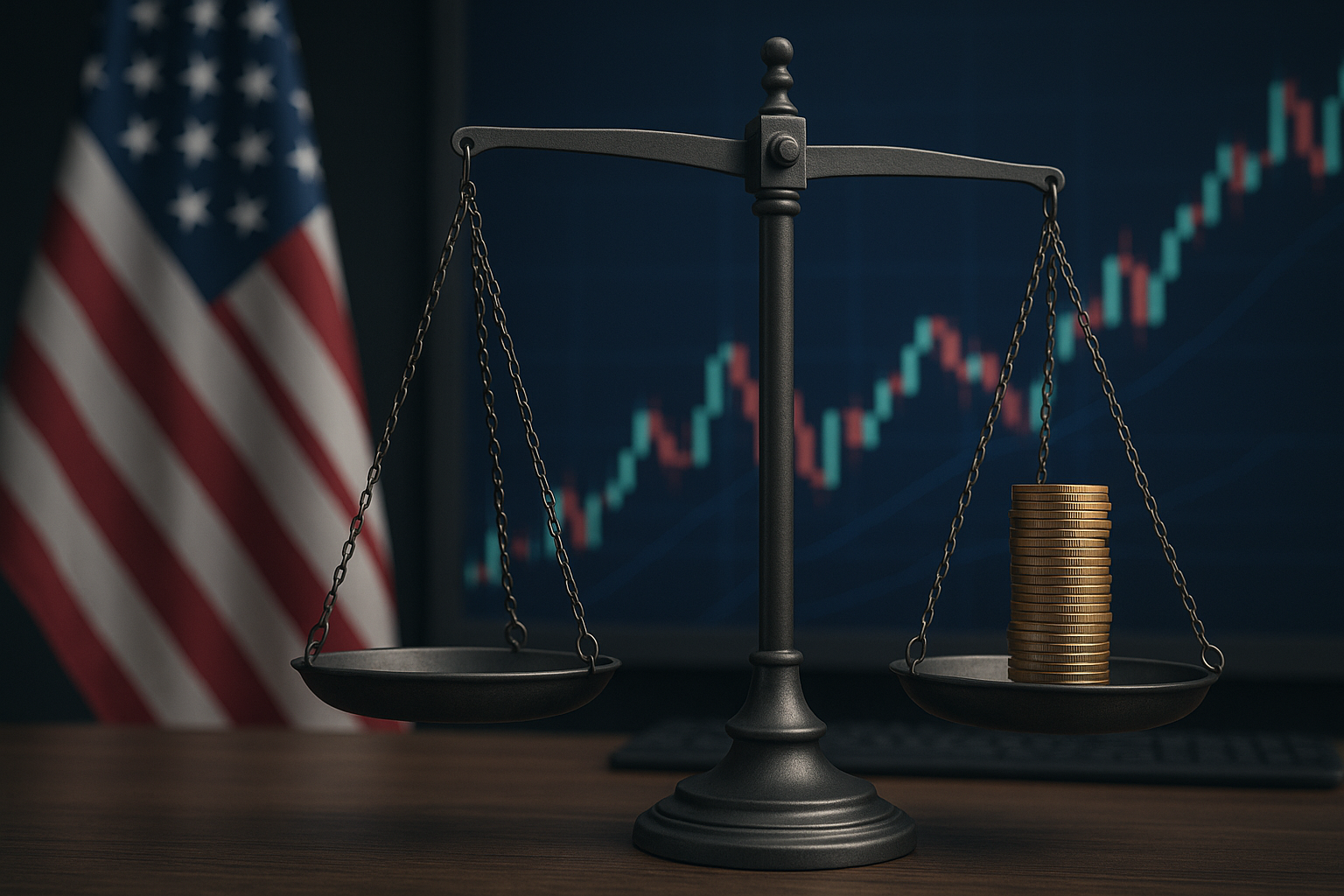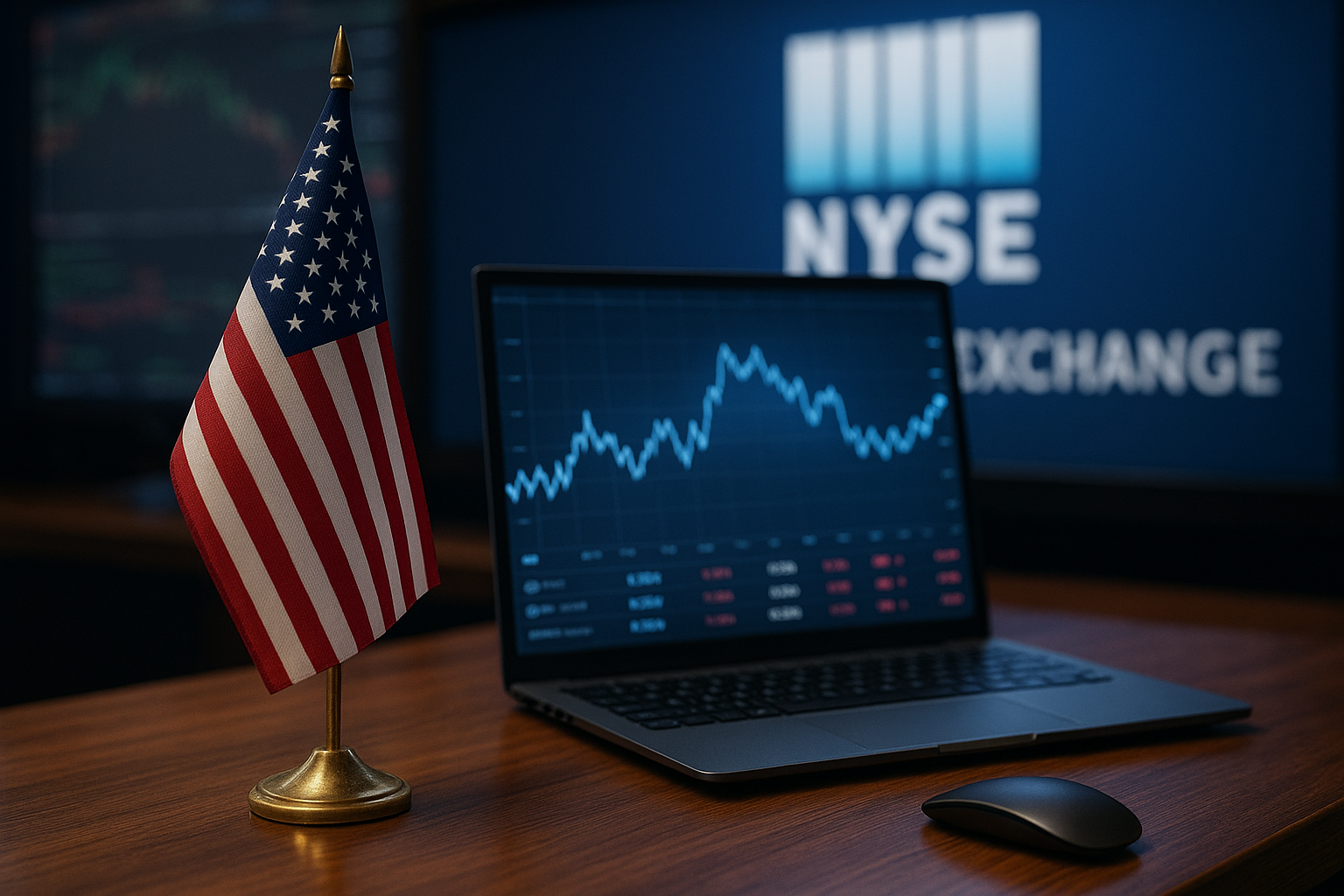Markets are entering a new phase of political risk—and this one hits the heart of U.S. monetary policy. According to recent reports from Bloomberg and Politico, former President Donald Trump is preparing to replace Federal Reserve Chair Jerome Powell should he retake the White House in November. The move could come as early as fall 2025, sending ripple effects through rate-sensitive sectors, inflation hedges, and bond markets already on edge.
While Powell’s current term expires in May 2026, Trump’s advisors are reportedly vetting candidates more aligned with his pro-growth, anti-rate-hike stance, aiming to pivot the Fed toward easier monetary conditions even if inflation remains above the 2% target.
This looming personnel change isn’t just about policy—it’s about credibility, stability, and the independence of the world’s most powerful central bank.
Powell’s Position Under Threat
Powell, a Republican and Trump appointee in 2017, has become a political lightning rod. Despite leading the Fed through a successful pandemic-era rescue and a historically aggressive tightening cycle, he has faced bipartisan criticism—Democrats citing inflation, Republicans citing high rates and a stalled housing market.
Trump’s economic advisors, including Stephen Moore and Judy Shelton—both previously floated for Fed roles—have called Powell “too slow to cut” and suggested the next chair should focus more directly on supporting employment and market growth.
Reports indicate Trump could bypass tradition and push Powell out through early resignation pressure or legislative maneuvering, particularly if a Republican Congress supports it.
Why This Matters for Investors
The Federal Reserve’s independence has long been a stabilizing force for markets. If Trump pursues a politically motivated replacement of Powell before his term ends, it could inject volatility into Treasury markets, the dollar, and inflation-sensitive sectors.
Here’s what’s at stake:
- Bond Yields: A perceived politicization of the Fed may cause a selloff in U.S. Treasuries, especially on the long end, driving up yields and pressuring credit markets.
- Rate-Sensitive Sectors: Sectors like real estate, utilities, and tech could rally on expectations of lower rates—if markets believe the Fed will be pushed into premature cuts.
- Inflation Risk: Eroded Fed credibility could anchor inflation expectations higher, reviving concerns last seen during the early 1980s.
According to Bank of America, 74% of institutional clients now cite “central bank credibility” as a top macro risk—up from just 38% last year.
Future Trends to Watch
- Fed Nomination Signals
Watch for leaked shortlists of potential replacements. Names like Judy Shelton, who previously advocated returning to a gold standard, may spook bond markets, while a more moderate nominee could calm fears. - Dollar Volatility
The U.S. Dollar Index (DXY) could swing depending on how foreign investors view Fed independence. Loss of confidence may push capital flows to gold, commodities, or emerging markets. - Inflation-Proof Assets
If markets expect fiscal and monetary loosening under Trump 2.0, expect renewed interest in real assets like gold, oil, and TIPS (Treasury Inflation-Protected Securities). - Legislative Moves
A Republican-controlled Congress could fast-track bills giving more oversight of Fed policy—potentially affecting rate-setting decisions and market confidence.
Key Investment Insight
Investors should brace portfolios for increased policy risk through the 2025 transition window. While a Trump presidency may favor looser monetary policy and pro-growth sectors, the path there could be bumpy—particularly for bonds and defensives.
Consider:
- Positioning for volatility in yields and rate expectations through duration-hedged bond funds
- Gaining exposure to rate-sensitive cyclicals (e.g., homebuilders, financials) that may benefit from easing policy
- Maintaining a hedge via commodities, gold ETFs, or inflation-linked bonds, especially if credibility concerns resurface
- Watching Fed communications closely for preemptive signals of stability
For real-time investor insights on politics, central banks, and the forces shaping financial markets, rely on MoneyNews.Today—your trusted source for actionable, informed, and independent market intelligence.





